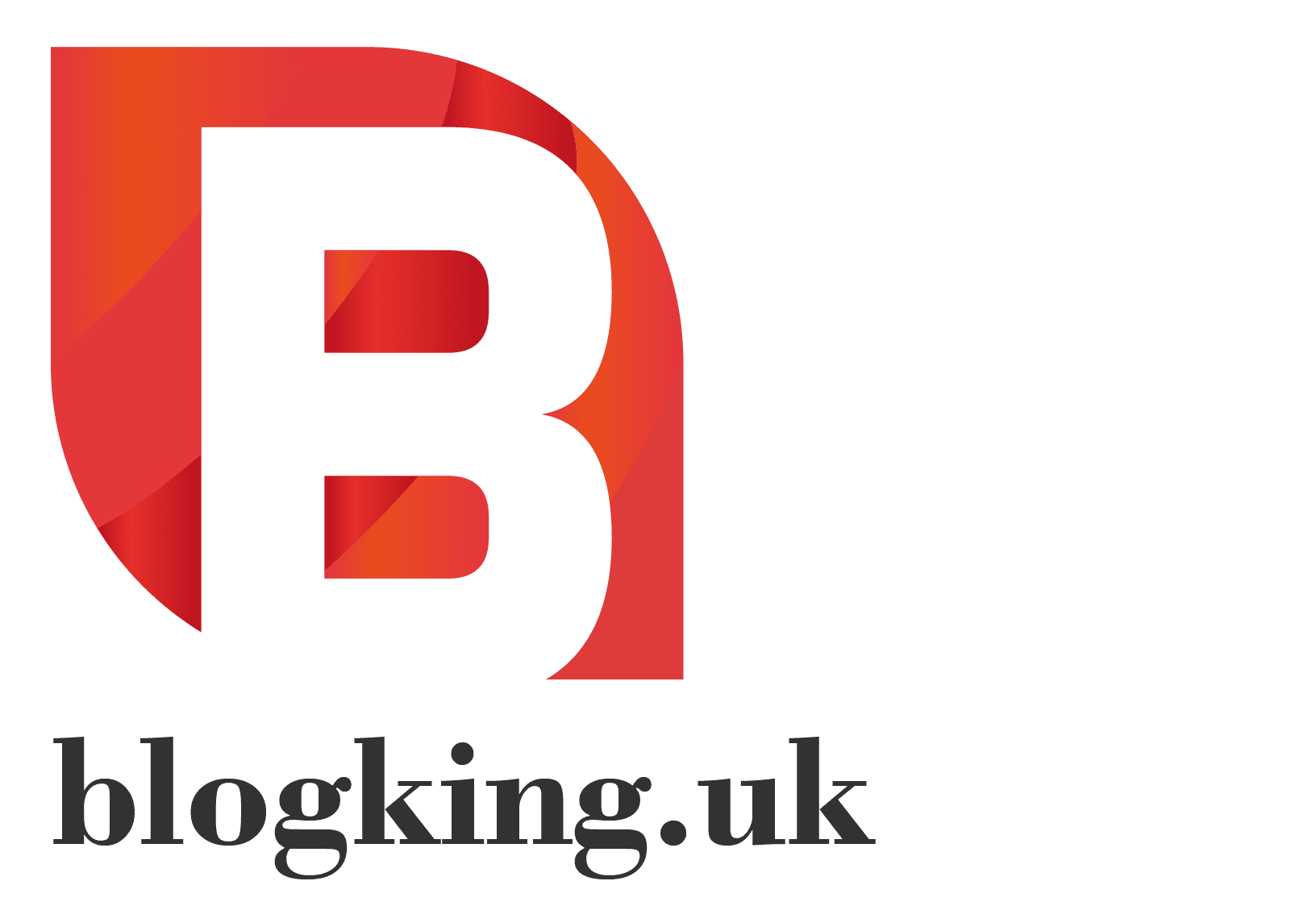For small businesses, managing cash flow is key to a strong financial base. It helps predict and control money coming in and going out. This way, your business can keep running smoothly without money worries.
Having a good cash flow plan helps you handle your finances well. It makes it less likely for you to face money problems. Without a solid plan, your business could struggle, affecting your decisions and overall health.
Table of Contents
Key Takeaways
- Cash flow budgeting is vital for predicting future financial performance.
- A solid small business finance strategy reduces risks from cash flow issues.
- Good cash flow management boosts operational efficiency.
- Knowing about money coming in and going out helps avoid financial traps.
- A well-kept budget aids in making better decisions.
- Regular cash flow checks can enhance financial stability.
Understanding Cash Flow Management
Managing cash flow well is key for a small business to stay afloat and meet its financial duties. Money coming in, like from sales, helps keep the business liquid. On the other hand, money going out, like for expenses, can quickly use up funds. It’s vital to understand both sides to keep the business running smoothly and growing.
Importance of Cash Inflows and Outflows
Watching cash inflows and outflows helps check a business’s health. With costs rising, as 84% of owners say, keeping a close eye on cash is more important than ever. Finding a balance between income and expenses helps make big decisions, like budgeting and investing. It’s wise to save three months’ worth of expenses, too, in uncertain times.
Key Components of a Cash Flow Statement
A cash flow statement is a key tool for understanding your business’s finances. It breaks down into three main parts:
- Operating Activities: This part shows cash from the main business activities, showing your main income.
- Investing Activities: It covers money for long-term assets, like property and equipment, and sales from these investments.
- Financing Activities: This includes money for borrowing, repaying debts, issuing shares, and paying dividends.
Having a detailed cash flow statement can greatly improve your financial management. Tools like Microsoft Excel or cloud-based accounting services can help small business owners. The insights from these statements can change how you manage expenses and invest in growth. For more on making a cash flow statement, check out this resource.
Cash Flow Budgeting for Small Businesses
Creating an annual cash flow budget is key for small businesses. It involves planning your income and expenses for the next year. This helps you prepare for financial needs before big expenses hit.
Such planning is vital for startups to avoid running out of cash. It also reduces the need for borrowing money.
How to Create an Annual Cash Flow Budget
To start your cash flow budget, follow these steps:
- Gather historical financial data to understand past cash flows.
- Project future income from various sources, including sales, investments, and loans.
- Estimate expenses, including fixed costs like rent and variable costs such as materials.
- Adjust forecasts regularly based on actual performance and emerging trends.
Benefits of Cash Flow Budgeting
Business cash flow forecasting brings many benefits. It gives you a clear view of your finances, helping you manage spending well. This approach supports smart decision-making, spotting financial issues early.
By planning for cash needs, you keep your business financially stable. This helps it grow and thrive.
Forecasting Cash Flow for Success
For small businesses, cash flow forecasting is key to staying financially stable and growing. It lets you plan for your financial needs, make smart choices, and adjust as needed. By using past sales data and looking at big economic trends, you can improve your cash flow.
Importance of Cash Flow Projections
Cash flow projections give you deep insights into your business’s financial health. They help spot income sources, track expenses, and manage cash flow risks. For seasonal businesses, knowing when most money comes in is vital. Accurate forecasts can avoid cash shortfalls and cut down on expensive loans.
How to Forecast Cash Flow Effectively
To boost cash flow, start by guessing revenues based on past data and current trends. Using accounting tools or templates makes this easier. It’s also important to consider both fixed and variable costs. Keeping your forecasts up to date helps you tackle financial hurdles.
Creating different scenarios in your forecasts can be helpful. This way, you’re ready for any business changes. Aim for a forecast that covers at least six months, and ideally a year. For more tips on forecasting, check out best practices and budgeting for new businesses.
Common Cash Flow Problems Faced by Small Businesses
Cash flow issues are a big worry for small businesses, leading to financial trouble. Knowing why these problems happen helps you create a strong finance plan. This plan can help avoid big financial problems.
Understanding Causes of Cash Flow Issues
Many things can cause cash flow problems. One big issue is not knowing the true costs. This can happen when income is overestimated or unexpected expenses pop up.
Poor pricing can also make things worse. It makes it hard to stay profitable. Without good financial planning, unexpected costs can lead to cash shortages.
It’s key to keep an eye on your cash flow. Ignoring this can cause delays in payments and high costs. These can drain your resources.
Indicators of Poor Cash Flow Management
Spotting signs of bad cash flow management is important. Look out for cash shortfalls and needing credit for everyday costs. These signs can mean you can’t pay staff or suppliers on time.
This can harm your reputation and relationships. Keeping track of your cash flow can show you where to improve. For tips on better budgeting, check out this guide on cash flow management.
Improving Cash Flow Visibility
It’s key to see how your business’s cash flow is doing for growth. Using the right strategies can help. Tools for managing cash flow give you the latest on your money, helping you make quick decisions.
Looking at financial reports regularly helps spot spending and income changes. This makes it easier to find and fix problems fast.
Knowing your cash flow patterns is essential for planning. By studying these trends, you can predict your financial needs. This ensures you have enough money when you need it most.
Not understanding cash flow can put your business in a tough spot. But, with a smart budget, you can do well. It lets you use your money wisely and get ready for unexpected costs.
Get your team involved in budgeting. This creates a team effort, leading to new ways to save. Being open about budgets makes your team more engaged and helps in planning.
| Strategy | Benefits |
|---|---|
| Real-time tracking tools | Immediate access to financial information |
| Regular financial reviews | Early identification of cash flow trends |
| Team involvement in budgeting | Increased engagement and responsibility |
| Utilising cloud-based software | Improved accuracy and flexibility in reporting |
Effective Cash Flow Solutions for Small Businesses
Small businesses often struggle with cash flow. Finding good cash flow solutions can really help. By managing payments well and encouraging early payments, you can keep your business healthy.
Strategies for Managing Payment Terms
Matching your payment terms with your suppliers can make managing cash easier. This way, you avoid running out of cash. Offer different payment options based on the season or special deals. This helps customers pay on time and keeps your cash flow steady.
Techniques for Encouraging Early Payments
Changing how you think about payments is key. Giving discounts for early payments is a good idea. It motivates clients to pay sooner and boosts your cash. Adding these methods to your cash flow plan keeps your finances stable.
Learn more about managing finances by checking out the best apps for small business budget.
| Strategy | Description | Benefits |
|---|---|---|
| Align Payment Terms | Synchronise invoice timings with supplier due dates. | Reduces cash flow gaps and facilitates smoother operations. |
| Early Payment Discounts | Offer price reductions for clients who pay before the due date. | Encourages prompt payments and improves cash reserves. |
| Flexible Payment Plans | Create custom payment options based on client needs. | Aids in retaining customer loyalty and maintaining regular cash flow. |
Leveraging Financial Ratios for Cash Flow Analysis
Using financial ratios like the quick ratio and current ratio is key for SMEs. They show your business’s liquidity and if you can pay short-term debts. Knowing how to read these ratios helps make better financial choices.
Quick Ratio and Current Ratio Explained
The quick ratio looks at your business’s quick cash, like cash, accounts receivable, and marketable securities. It compares these to your current debts. This ratio helps see if you’re financially stable in emergencies.
The current ratio, on the other hand, looks at all current assets against current liabilities. It gives a wider view of your short-term financial health.
Using Ratios to Make Informed Decisions
Analysing these ratios gives you important insights for your business. A high quick ratio means you’re financially stable for short-term needs. But, a low current ratio might warn of cash flow issues.
By keeping an eye on these ratios, you can better manage your cash flow. This helps in making smart choices about money, investments, and how to run your business.
Implementing a Cash Flow Planning Strategy for Startups
Creating a solid cash flow plan is key for startups, more so for seasonal businesses. Seasonal changes can greatly affect your income, leading to financial worries if not managed well. A custom cash flow plan helps you handle these changes smoothly.
Tailoring Cash Flow Plans to Seasonal Businesses
Start by understanding your industry and market. Look at past sales to spot trends in customer buying habits by season. This helps in making better forecasts, which is vital for a good cash flow plan.
When sales are high, your cash flow plan should show it. But when sales drop, cut costs and get funding early. Ways to keep cash flowing in slow times include:
- Save extra during busy times.
- Get better deals from suppliers.
- Find new ways to make money in slow months.
A strong cash flow plan lets you deal with seasonal changes well. It keeps your startup financially stable, even with seasonal ups and downs.
Monitoring and Adjusting Your Cash Flow Budget
Keeping a close eye on your cash flow is key for small businesses. It’s important to compare your forecasted cash flow with the actual numbers. This helps spot any differences and gives you a clear picture of your finances.
Make it a habit to check your cash flow budget regularly. Doing this monthly or every quarter can help. Adjusting your budget based on these checks is essential for staying afloat. It lets you handle unexpected costs or changes in the market.
Think about using budgeting software to track your cash flow. It can send alerts when there are big changes. This tool helps you stay on top of your finances, making it easier to plan for the future.
Conclusion
Effective cash flow budgeting is key for small businesses to thrive. It helps make smart decisions that match your goals. By budgeting well and keeping an eye on finances, you can spot and avoid cash flow problems.
Good cash flow strategies help you manage your business’s money better. As you improve your budgeting, you might find ways to save money and work more efficiently. Tools like variance analysis and key financial metrics are very helpful.
By focusing on cash flow budgeting, your business becomes stronger and ready for growth. For more tips on budgeting, check out setting your small business budget for success.
FAQ
What is cash flow budgeting for small businesses?
Cash flow budgeting helps small businesses manage their money. It predicts when money will come in and go out. This ensures they have enough for daily needs and stay financially healthy.
Why is cash flow management important for my business?
Good cash flow management is key. It shows the balance between money coming in and going out. This is essential for your business to grow and stay strong.
What are the key components of a cash flow statement?
A cash flow statement has three main parts. These are operating, investment, and financing activities. They give a clear picture of your business’s cash situation.
How can I create an annual cash flow budget?
To make a yearly cash flow budget, list your expected income and expenses. This planning helps you see when you’ll need money and avoid running short.
What benefits will I gain from cash flow budgeting?
Cash flow budgeting offers many advantages. It improves your financial view, helps control spending, and supports smart business decisions. All these help your business’s financial health.
Why are cash flow projections significant for business growth?
Cash flow projections are vital for growth. They help you plan for money needs and adjust operations. This way, you can grow steadily and avoid cash shortages.
What common cash flow problems should I watch out for?
Watch for underestimating costs, bad pricing, and poor planning. These can cause financial trouble if not watched closely.
How can I improve cash flow visibility in my business?
To see cash flow better, use tools for real-time tracking. Also, do regular financial checks to understand cash flow patterns.
What strategies can I use to manage payment terms effectively?
Match customer payment terms with supplier ones. Offer early payment discounts to improve cash flow. This encourages clients to pay on time.
How do financial ratios like the quick ratio and current ratio help my business?
The quick ratio shows immediate liquidity. The current ratio checks your short-term debt ability. Knowing these ratios helps in making smart cash management decisions.
How should startups approach cash flow planning?
Startups should plan cash flow carefully, considering sales changes. Accurate forecasting helps manage sales ups and downs, avoiding financial stress.
Why is it important to monitor and adjust my cash flow budget regularly?
Regular checks against actual results help spot differences. This lets you make quick changes. It keeps your cash flow in good shape for ongoing success.










